Tis the season for “A Christmas Carol,” the Charles Dickens classic and holiday staple, inspiring so many movies and TV shows. My brother really loves the story, and one Christmas he made us watch three versions in a row. This year, I went to a stage presentation with the Baltimore twist at the Chesapeake Shakespeare Company.
In the “spirit” of the season, I thought I’d share some of our Nerd Trips encounters with Dickens in London, including a Dickens-themed tour walking tour and a visit to the Charles Dickens museum, the house at 48 Doughty Street where he lived for several years and where he wrote “Pickwick Papers,”” Oliver Twist” and “Nicholas Nickleby” (“A Christmas Carol” came a few years later). The museum is Dickens’ only surviving London home and contains what my postcard claims is the “world’s finest Dickens-related collection which includes manuscripts, original furniture and memorabilia.” I found it to be very enjoyable and informative.
Back to the Carol, published on December 19, 1843, the novella was well received by both critics and readers. According to the program from the play, the story was “an immediate hit, selling 6,000 copies.” As we know, the story has certainly endured!
Looking at the museum’s website, I came across a fabulous video put together with the British Museum about the origins of “A Christmas Carol.” In the video, professor Michael Slater says that name Scrooge was a combination of “screw” and “gouge.” That Dickens – so clever!
If you want to see the video for yourself, here’s a link: https://www.youtube.com/watch?v=cTHAN3_P7uE
The professor says that Dickens wrote the story in a sort-of frenzy, walking through the streets of London at night for inspiration. Our tour guide said that Dickens loved to walk, and would walk for miles and miles and miles. On our tour, we walked a just couple miles through the streets where Dickens worked and lived.
We passed the Bank of England and the Royal Exchange, places where you’d likely find Mr. Scrooge. Many Dickens’ novels also involve this area. It actually reminded me of the scene from “Mary Poppins” where Jane and Michael get lost – it traumatized me as a child.
As you will recall, Scrooge loved money. Scrooge and his partner Jacob Marley had a counting house, where they handled financial transactions. We encountered this different kind-of Counting House (a pub/restaurant, I think) along the lane where we were talking about “A Christmas Carol.” These narrow streets look exactly like what you’d expect and what you’d see in the movies. Here’s a picture from the tour and a picture from the movie 1984 featuring George C. Scott.
We also saw a church with a likely Carol connection: St. Michael’s Cornhill . The tour notes say that Scrooge could see the church spire from his counting house. “The ancient tower of a church, whose gruff old bell was always peeping slily down at Scrooge out of a gothic window in the wall, became invisible…” The scene comes as “the fog and darkness thickened” after Scrooge turns down the businessmen who have asked him for a donation to help the less fortunate, all setting the scene for the arrival of Marley’s ghost.


A stroll through Dickens’ London provides an enhanced perspective on the stories. For me, actually reading Dickens can be a little tough (we had to read “Bleak House” in college – so dense), but I almost always enjoy a film or television interpretation (I just finished watching Scrooged with Bill Murray). However you choose to connect to Scrooge and crew, take some time this holiday season to return to “A Chistmas Carol” whether on stage, screen or even reading the story itself. Merry Christmas, and as Tiny Tim would say, “God bless us every one.”



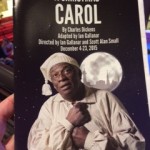
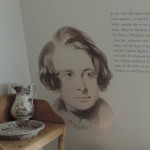
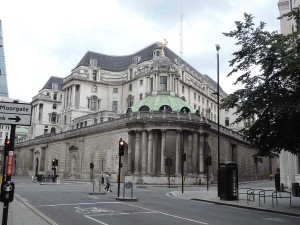
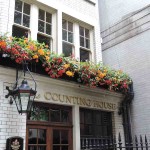
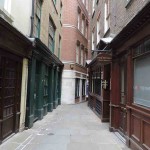
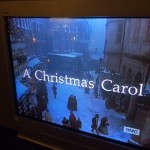
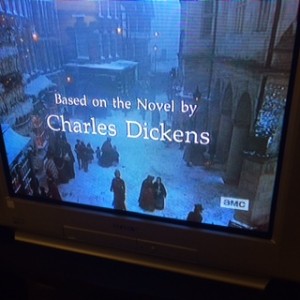

 RSS - Posts
RSS - Posts
1 Comment
We always watch at least two versions of A Christmas Carol around the holidays — this post is exactly how I’d celebrate the season. One day, Dickens and his London it is.